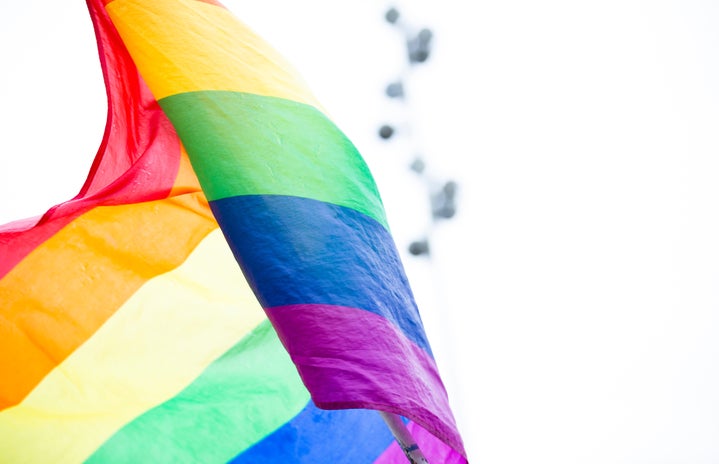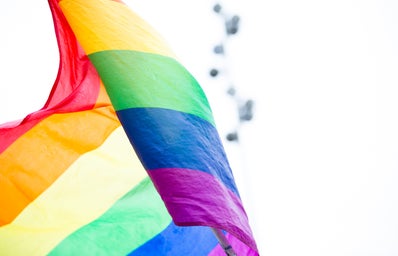As a new up-and-coming popular director, Taika Waititi gained popular attention since his directorial role in Thor: Ragnarok. Since then, many Marvel fans have spread out to consume his other media while waiting for the release of Thor: Love and Thunder. However, despite the acclaim for these projects, the best work Waititi has been a part of yet is the criminally underrated comedy-drama series, Our Flag Means Death (OFMD).
Our Flag Means Death follows the adventures of upper-class-elite-turned-pirate Stede Bonnet and his eccentric crew, focusing specifically on his budding relationship with infamous pirate Lord Blackbeard, played by Waititi. The plot description itself is not unlike other fantasy comedy shows in the past, like Waititi’s other creative collaboration What We Do In The Shadows. However, the further you watch, the more apparent it becomes that OFMD is not solely focused on escapism, and was created with the intention that has rarely been seen in media previously.
There are many things to discuss when breaking down the innovative nature of this show. For one, the fact that Blackbeard, a famous white historical figure, is portrayed by an indigenous person of color already sets a precedent for representation. Other media is only recently meeting this standard, such as the casting of Halle Bailey as Ariel for the long-awaited live-action version of The Little Mermaid. Waititi excels in this role, blending his captivating dry humor while tapping into deep emotion and real-life issues. This is all done in a fashion that perfectly molds itself to the show and to Rhys Darby’s depiction of Stede Bonnet.
Stede’s role adds a subtle layer of importance to the show. Stede is portrayed as feminine, affectionate, and a rather oblivious leader, one who cares about fashion and fine taste, and encourages Blackbeard alongside Edward, to do the same. This nonchalant example of a non-traditional male character does not add to the stigma of hyper-feminine gay men. Instead, it is a part of Stede’s personality and upbringing in society. In connection with his relationship with Edward, a standout line from the show, “You wear fine things well,” demonstrates both the class distinction and racial disparity Edward has felt his whole life when compared to people like Stede. Instead of highlighting these inequalities or thinking of Edward as above being affected by them, Stede warmly encourages him to embrace the symbols of privilege and frivolity that Edward lacked throughout his life due to his background and social standing.
Although the dynamics between Stede and Edward are the primary focus, there are numerous other notable characters in the show. As one example, OFMD has a nonbinary character played by nonbinary Puerto Rican actor, Vico Ortiz. Rather than have Ortiz’s character, Jim, as an androgynous two-dimensional example of gender identity, they have a notable character presence, and their androgyny doesn’t seem forced, but rather a natural evolution of their storyline. Our Flag Means Death excels at the portrayal of these characters in ways that feel very grounded in reality for a show based on fantasy. Every character, except perhaps Waititi himself, feels like a person you could pass on the street: normal people with different personalities, goals, and ambitions that are not in spite of their queerness or race.
OFMD also deals with real-life issues that come with a diverse cast, like the racism Black characters face on the show from the white French aristocrats or the disdain Blackbeard faces for being in a position of power over white captives. All of this is illustrated without bringing the light comedic tone of the show to an uncharacteristic level, something other notably diverse historical shows, such as Bridgerton, fail to accomplish.
Our Flag Means Death was created with intention but the show is escapism at its core: presenting, addressing, and even changing things that are problematic in real life to create a show that is both authentic and representative of pure joy. OFMD is where a middle-aged Māori man can play a white symbol such as Blackbeard, where a gay man can enjoy feminine things without falling into stigma, and where queer people are also BIPOC who interact with each other in an authentic way, but also exist solidly on their own.


